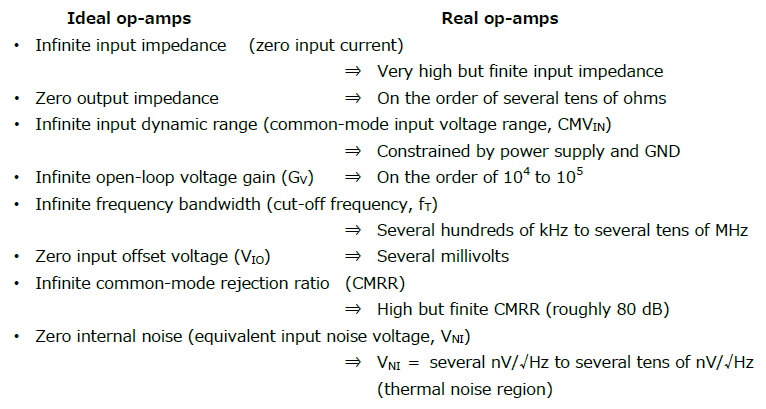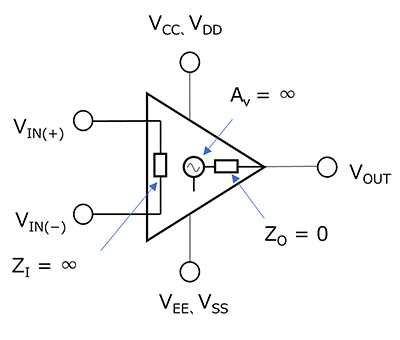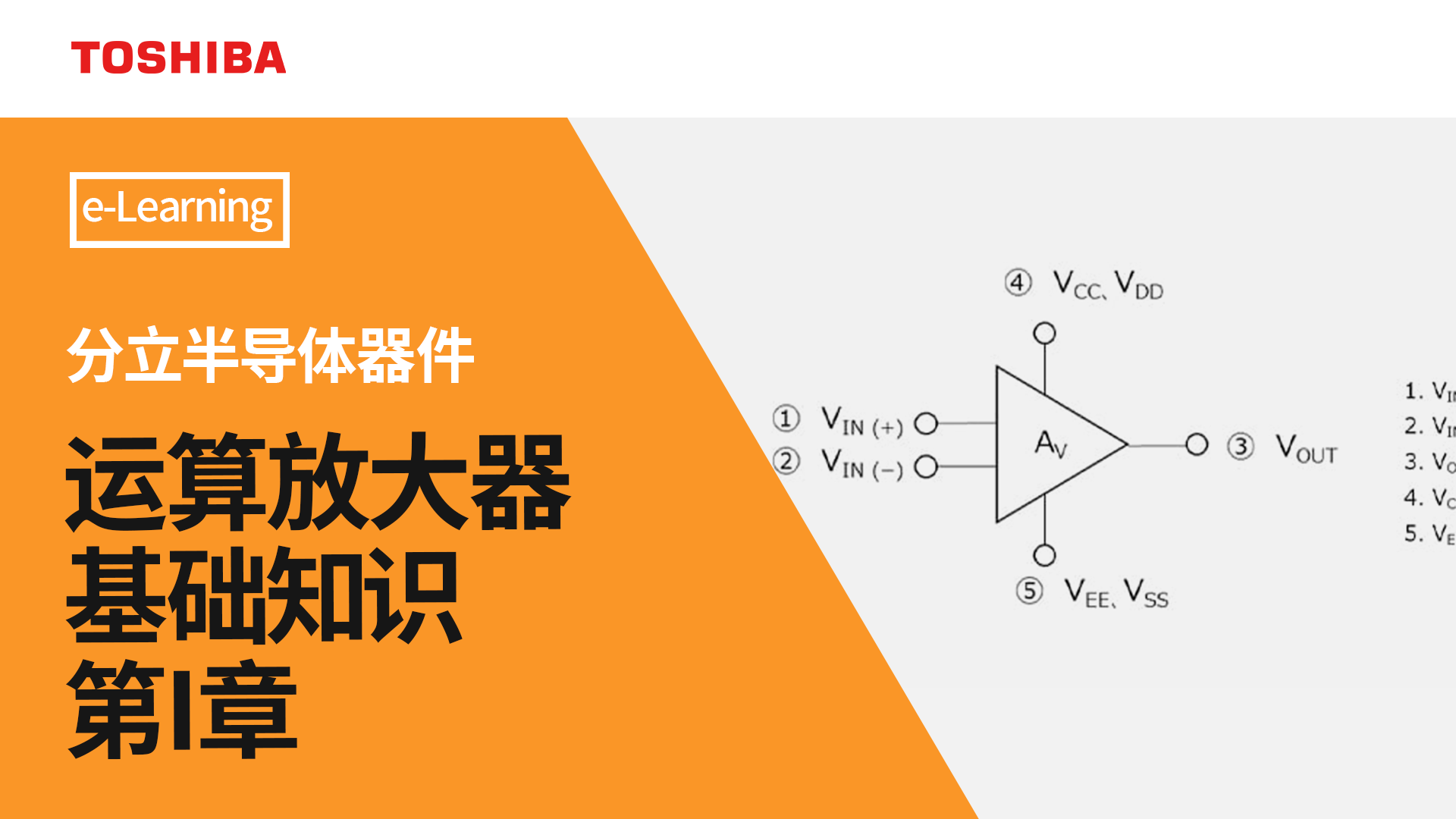- 型号 & 关键词搜索
- 交叉搜索
- 参数搜索
- 库存查询与购买
This webpage doesn't work with Internet Explorer. Please use the latest version of Google Chrome, Microsoft Edge, Mozilla Firefox or Safari.
请输入3个以上字符 Search for multiple part numbers fromhere.
The information presented in this cross reference is based on TOSHIBA's selection criteria and should be treated as a suggestion only. Please carefully review the latest versions of all relevant information on the TOSHIBA products, including without limitation data sheets and validate all operating parameters of the TOSHIBA products to ensure that the suggested TOSHIBA products are truly compatible with your design and application.Please note that this cross reference is based on TOSHIBA's estimate of compatibility with other manufacturers' products, based on other manufacturers' published data, at the time the data was collected.TOSHIBA is not responsible for any incorrect or incomplete information. Information is subject to change at any time without notice.
请输入3个以上字符
运算放大器的电气特性(什么是理想的运算放大器?)
通常,理想状态为放大器既不影响前级电路,又不受后级电路影响。 因此,放大器应具有高输入阻抗和低输出阻抗。

运算放大器的特性接近这些要求。下面比较了理想和实际运算放大器:

尽管现实中不存在理想运算放大器,但您可在设计阶段的早期假设理想运算放大器。
但在进入详细设计阶段后,您应考虑理想运算放大器与实际运算放大器之间的差异。
例如,如果运算放大器的输入阻抗较低,则其输入电压来自该运算放大器的输入阻抗以及前级设备的输出阻抗。运算放大器的低输入阻抗也会影响其反馈回路。
如果运算放大器的输出阻抗不为零,则其输出电压来自该运算放大器的输出阻抗及其负载的阻抗。
但在典型应用中,运算放大器的输入阻抗与前面电路的输入阻抗相比可忽略不计,而输出阻抗与后级负载的阻抗相比也可忽略不计。因此,这些阻抗通常没有重大影响。上面显示的其它参数亦如此。。
在开始详细设计时考虑它们的影响。
相关链接
以下文档也包含相关信息:



